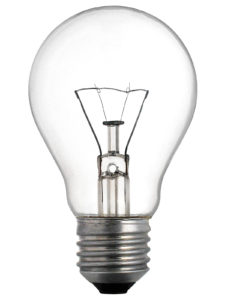When looking for a new paper to use for your high speed inkjet projects, remember to get all the paper the details. Characteristics like brightness, whiteness and shade level of the paper can impact the inkjet color outcomes for your project. Lets talk about how some of the manufactured paper specifications and how brightness can directly affect your color fidelity.
It’s easy to have a general idea of what the term brightness means but, there can be confusion as to the technical definition and how it affects the appearance of your final product. Let’s get technical:
 Brightness is the volume of light reflected off the sheet of paper. Measured from 0 to 100, it is the measurement of reflectance of the blue (short wavelengths) of the visible spectrum at 457 nm and completely ignores the longer green and red wavelengths, thus, ignoring shade.
Brightness is the volume of light reflected off the sheet of paper. Measured from 0 to 100, it is the measurement of reflectance of the blue (short wavelengths) of the visible spectrum at 457 nm and completely ignores the longer green and red wavelengths, thus, ignoring shade.
The brightness is much like the wattage or brightness of a light bulb.
Because of this, two types of paper with the same brightness can visually appear very different, even though their “brightness” is the same.
The higher the number, the brighter the paper.
And, the brighter the paper, the brighter and lighter your images can become. Colors on less bright papers are noticeably darker. For the most part, high chroma colors printed on brighter white papers are vibrant, but darker colors can become visually washed out.
A paper of 98 to 100 bright can affect how colors are represented and may be too bright for your ink coverage. A combination of high bright paper and low TAC requirements with light weight papers can make your ink to look dull and washed out.

If you want to get really technical, some papers can have a brightness measure of over 100 when optical brighteners are used. These are really bright papers. Also note that there are three different measures of brightness.
- TAPPI Brightness is the North American standard
- ISO Brightness – the European standard
- D65 Brightness – based on viewing in “outdoor” light (note – more likely to return values higher than 100)
Inkjet Insight Paper Finder reports paper brightness using the standard specified by the mill. Talk to your mill representative to better understand your papers actual “specs” as well as print a fingerprint on the actual paper with the profile and production machine settings.
